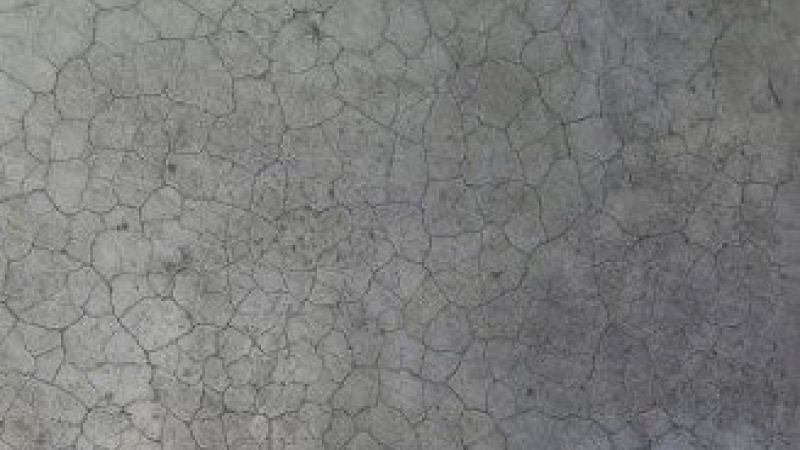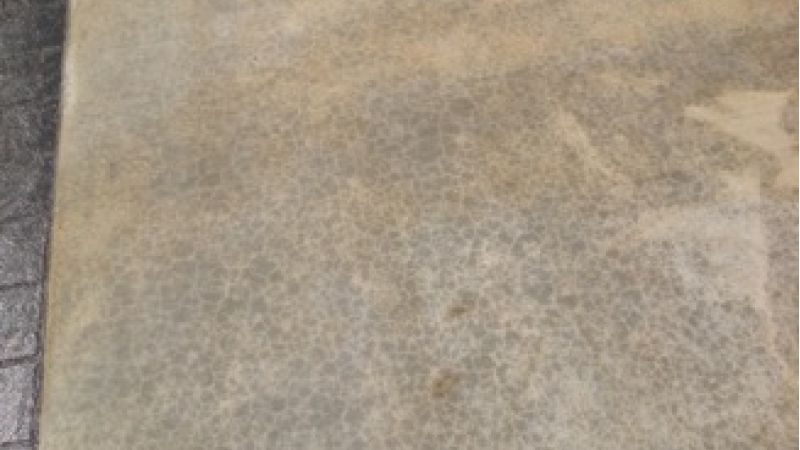Additional Resources
READY MIX TECH TOPIC:
Crazing Cracks

BY DANIEL GREEN
Retired Technical Services Manager, National Cement
Crazing cracks develop early in the concrete life. They usually can appear anywhere from the day after placement to the end of the first week. It is in this critical period, as the concrete is just beginning to gain strength, that the curing of the concrete is so important. If the concrete surface is allowed to rapidly dry during this period, excessive shrinkage occurs, possibly leading to crazing cracks. The main culprits are relative humidity, high air temperature, hot sun, or wind….singularly or in combination. It is for these reasons that initial curing of the concrete is so critical.
Additional causes:
- Hot shoting or dusting the surface with dry cement to dry up the surface
- Finishing /floating the surface while there is bleed water on the surface
- Too wet a concrete mix
- Excessive floating or incorrect use of a jitterbug
- Carbination of the surface brought on by the chemical reaction of the cement and the carbon monoxide from unvented heaters.
Curing of the concrete cannot begin too early. Begin curing efforts as soon as the concrete can sustain its’ finish without damage, remembering that the goal is to prevent the concrete from drying. Although crazing cracks are sometimes unsightly and perhaps cosmetically unacceptable….they rarely affect the durability or wear resistance of the concrete...crazing is not structurally serious and does not ordinarily indicate the start of future deterioration.

